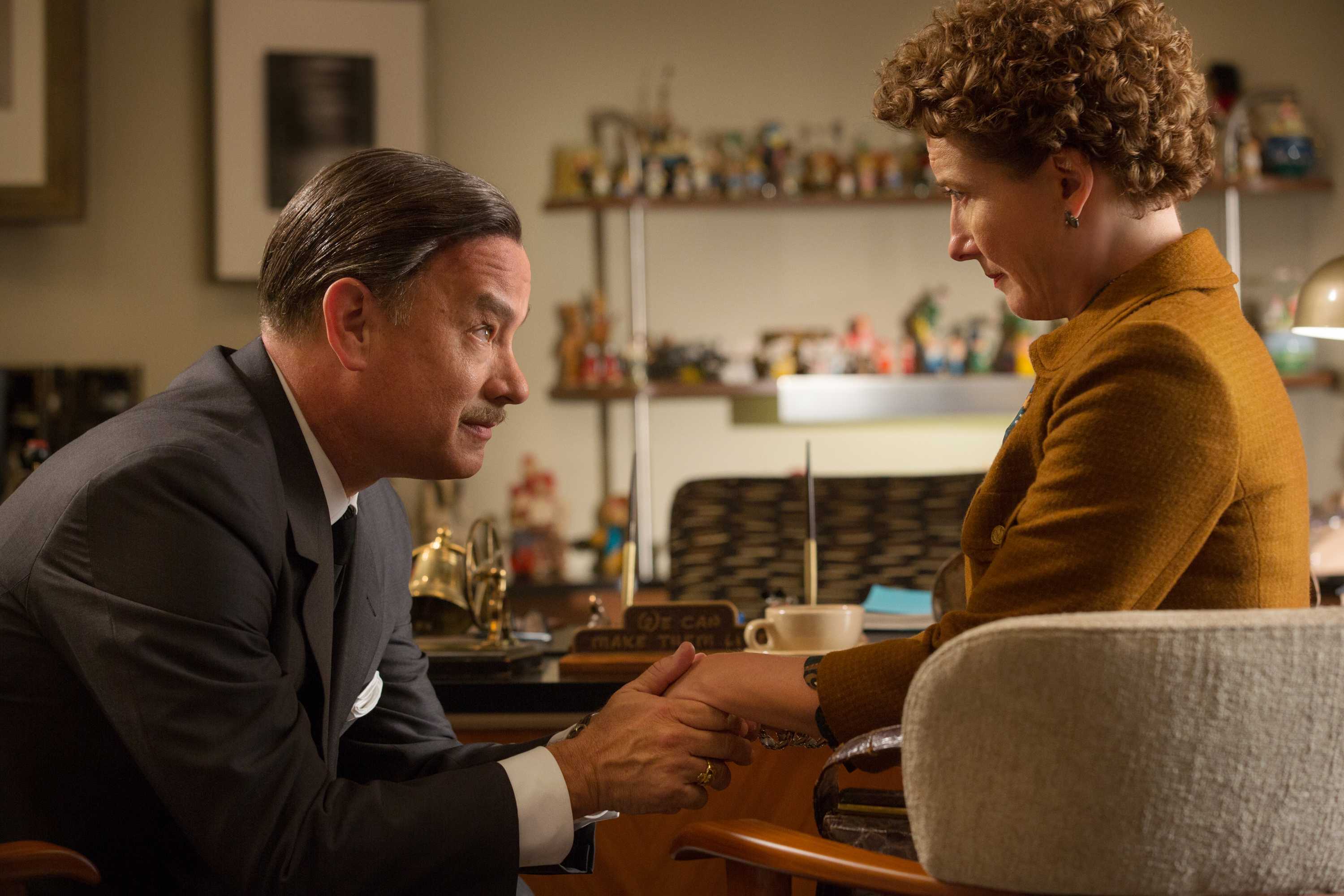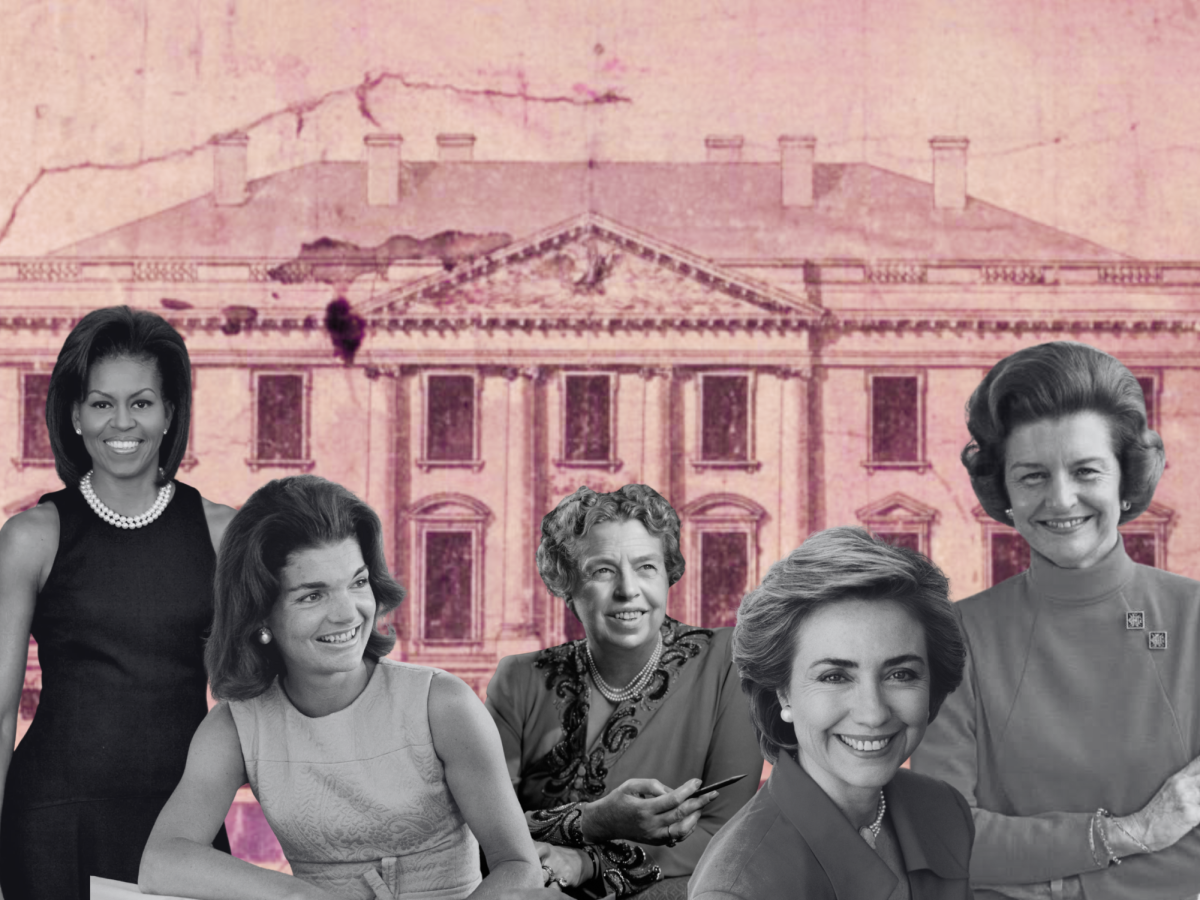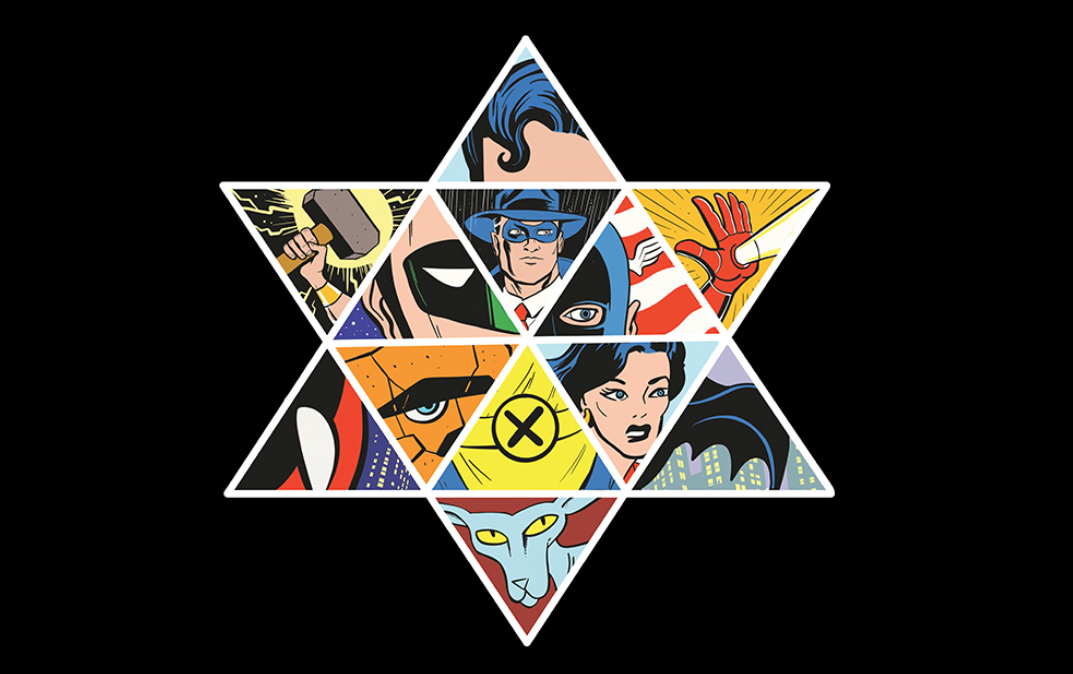Although there are no magical characters, the magic of Disney was alive throughout “Saving Mr. Banks”, the story about Walt Disney’s (Tom Hanks) efforts to work with author P.L Travers (Emma Thompson) to adapt Mary Poppins for the big screen.
The film is sweet, nostalgic and comically spot on.
Mary Poppins is a universal classic, cherished for its cheery main character, upbeat songs and magical animated moments. Knowing this adds to the more subtle, comedic moments in “Saving Mr. Banks.”
When Travers first arrives at Disney Studios, she finds herself in a hotel room stuffed to the brim with Disney stuffed animals and food packages, which she finds distasteful. She is then greeted by Don, the writer, and the Sherman brothers, the lyricists and composers, whom she immediately dismisses saying, “Mary Poppins does not sing.” But this is just the tip of the iceberg for the headstrong Travers, who is unwilling to stray from her books.
Knowing that Walt Disney gets most of his wishes in the end simply adds to the entertaining rapport between Disney and Travers. Watching their sparring and almost sassy interactions is pure fun.
Although every bit of the script is contested, Disney continues to pull out all the stops to woo Travers, even taking her on a personal tour of Disneyland, in which his main goal was to win a bet by getting her on a ride.

The best comedy occurs in the rehearsal room scenes, when Travers works with the creative team. In one memorable scene, as the Sherman brothers (B.J. Novak and Jason Schwartzman) sing “the constable’s responstable” in Bert’s opening song, Travers proclaims, “responstable is not a word!” and the brothers quickly hide their song sheet for “Supercalifragilisticexpialidocious.”
However, there is a sweeter, sadder side to the movie, which is laced with flashbacks to Travers’ childhood in the Australian countryside. Although a bit too contrasting at first, the audience gets the chance to warm up to Travers, who idolizes her father, even as he spirals into alcoholism. Later in the flashbacks, Travers’ old nanny Ms. Hancock arrives out of nowhere, with a hat and umbrella that look all too familiar, to help cure Travers’ father. It becomes clear that Hancock was the inspiration for Mary Poppins, and that Travers’ father was the inspiration for Mr. Banks.
It is only when Disney realizes for himself that Mary Poppins has come to save Mr. Banks, not the children, that he can connect with Travers. His sympathy and his promise to make sure children around the world cherish Mr. Banks finally get him the rights to film the movie.
While Travers continued to complain after seeing the final movie, “Saving Mr. Banks” leaves little room for complaint, because in the end, the story comes full circle and leaves the message that storytelling, no matter the methods, comes from the heart.









